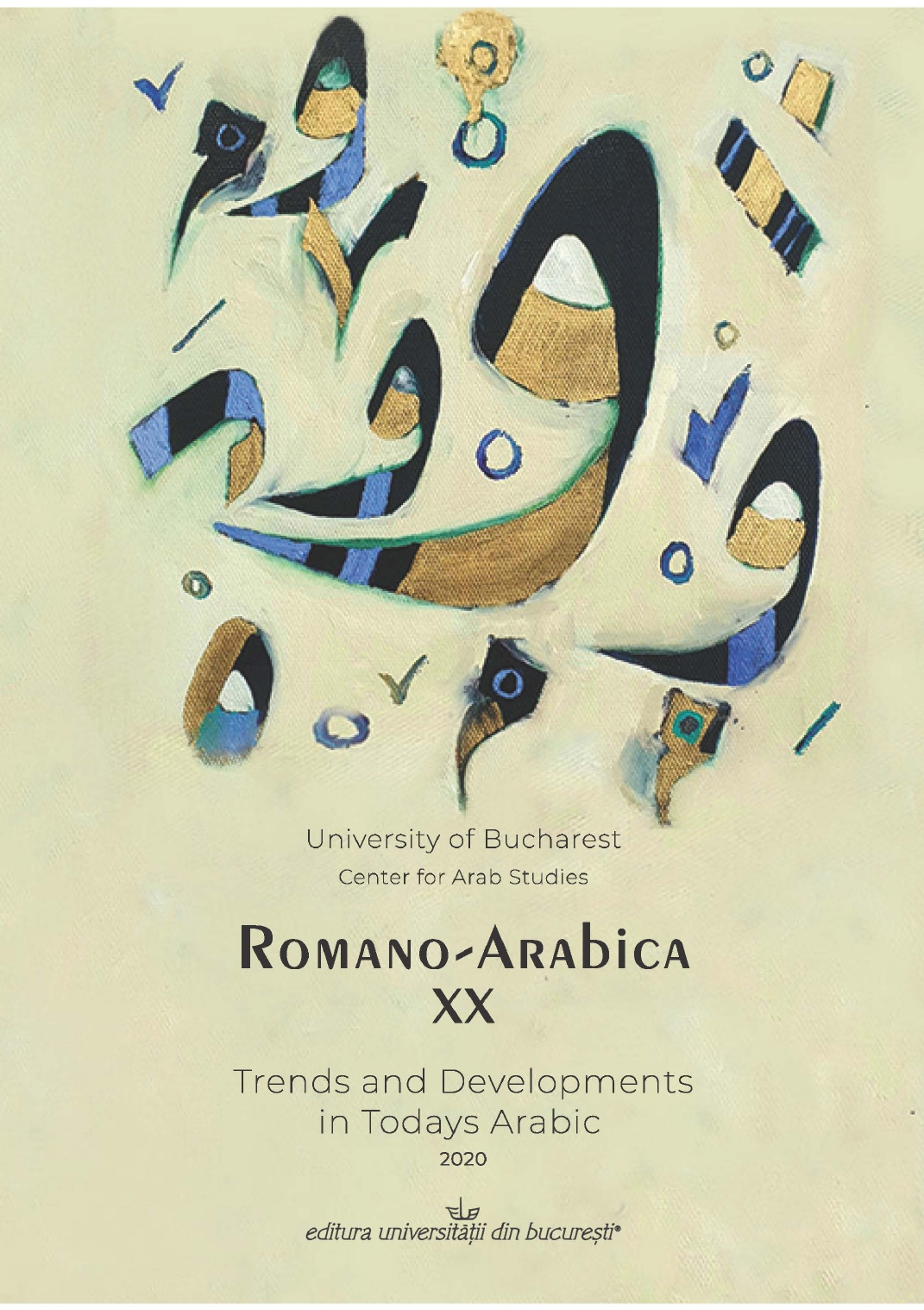THE QARA’A: DEFINING A GROUP IN LEARNING ARABIC AS A FOREIGN LANGUAGE
THE QARA’A: DEFINING A GROUP IN LEARNING ARABIC AS A FOREIGN LANGUAGE
Author(s): Muntasir Fayez Al-HamadSubject(s): Language and Literature Studies, Foreign languages learning, Language acquisition
Published by: Editura Universităţii din Bucureşti
Keywords: Qara’a, Arabic; Qur’an; heritage learners; foreign language; second language; field independent; field dependent;
Summary/Abstract: Conflicts contribute to an increased interest in languages (Van Deusen-Shull 2003: 214–215); this has been reflected in the learning and teaching of Arabic in the United States in particular, and in other countries since the 9/11 attacks (Alosh 2005: 115; Allen 2007; Dahbi 2004; Sehlaoui 2008: 281–283). As a report by the British Council had predicted through four different indicators, the need for Arabic as a second language (L2)arose due to cultural, educational, and diplomatic reasons (Tinsley & Board 2013: 15). If definitions and concepts are common in the process of acquiring and learning L2, regardless of the identity of the target language, they should become a common starting point among those working in the field (Gass & Selinker2008; Van Patten & Benati 2010).The specificity of the Arabic language in this field calls for bridging the gaps between these concepts, and in some cases expanding them (Hussein Ali 2006; Ibrahim & Allam 2006: 437–46), even though contemporary Arabic suffers from a chronic shortage of linguistic terminology and an over all instability (al-Sarāqbī 2008; Naǧāt 2016). In recent years, there has been a growing interest in heritage language learning. Some consider those who have learned to read Arabic for the purpose of reciting the Qur’an (Qara’a learners) to be part of that category, while others consider them to be part of the second language acquisition(SLA) group. This paper defines this group as Qara’a and attempts to classify it by identifying its characteristics, whether linguistic, pedagogical, or psychological. Finally, the paper tries to address the group’s pedagogical and educational needs and attitudes.
Journal: Romano-Arabica
- Issue Year: XX/2020
- Issue No: 20
- Page Range: 33-44
- Page Count: 12
- Language: English

